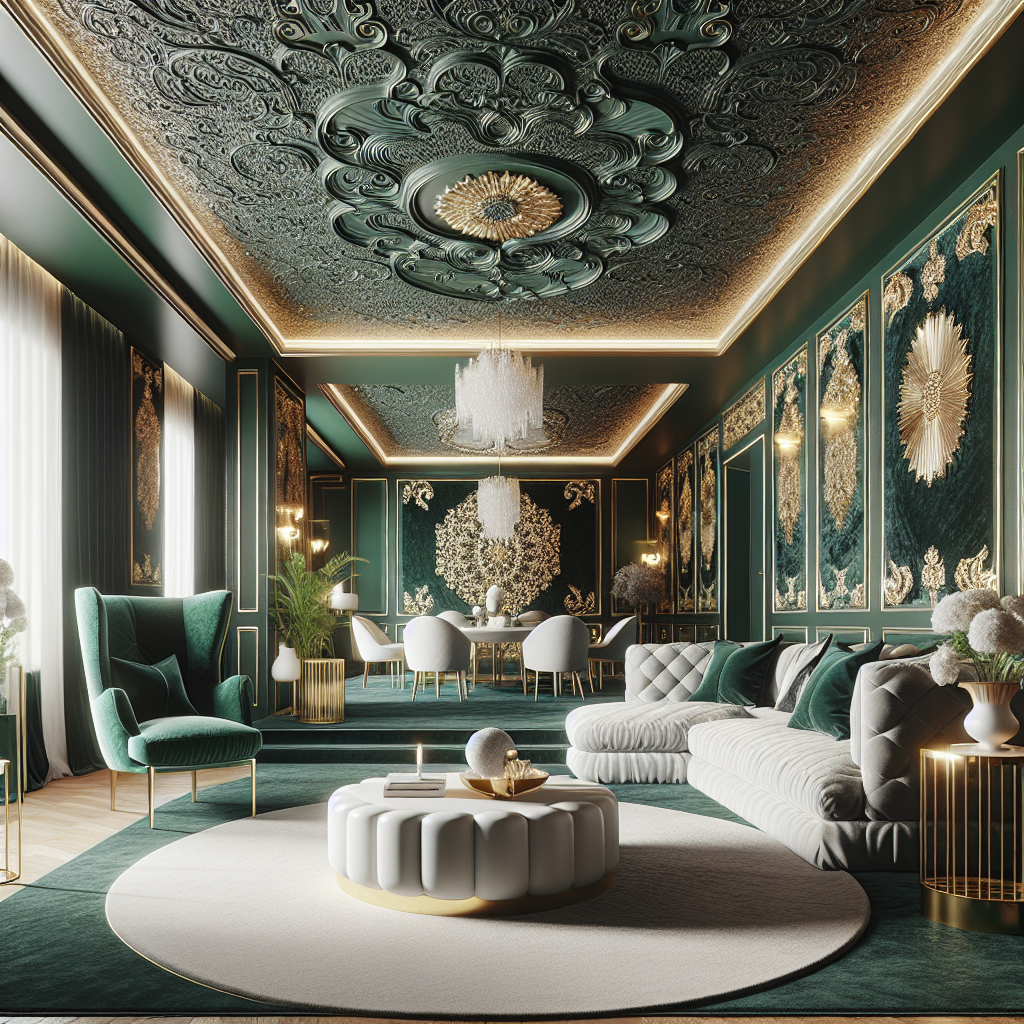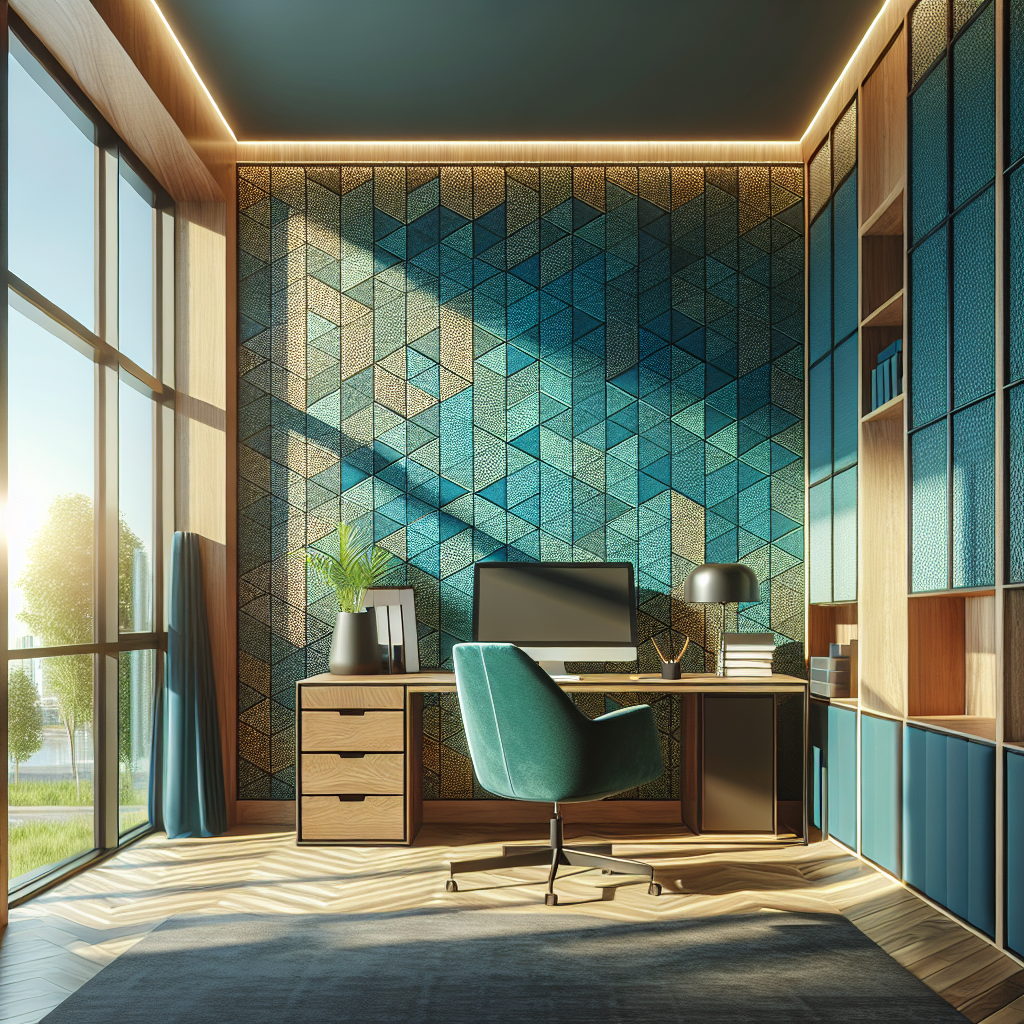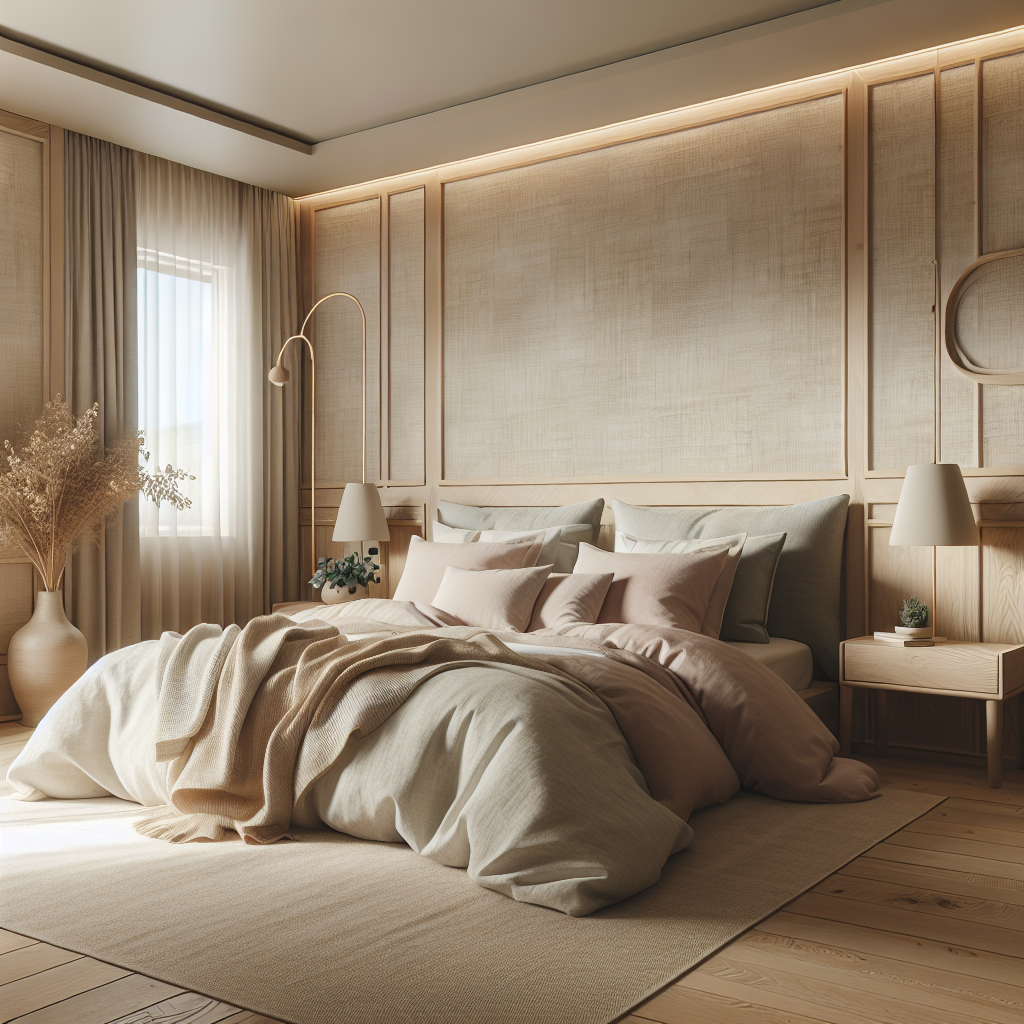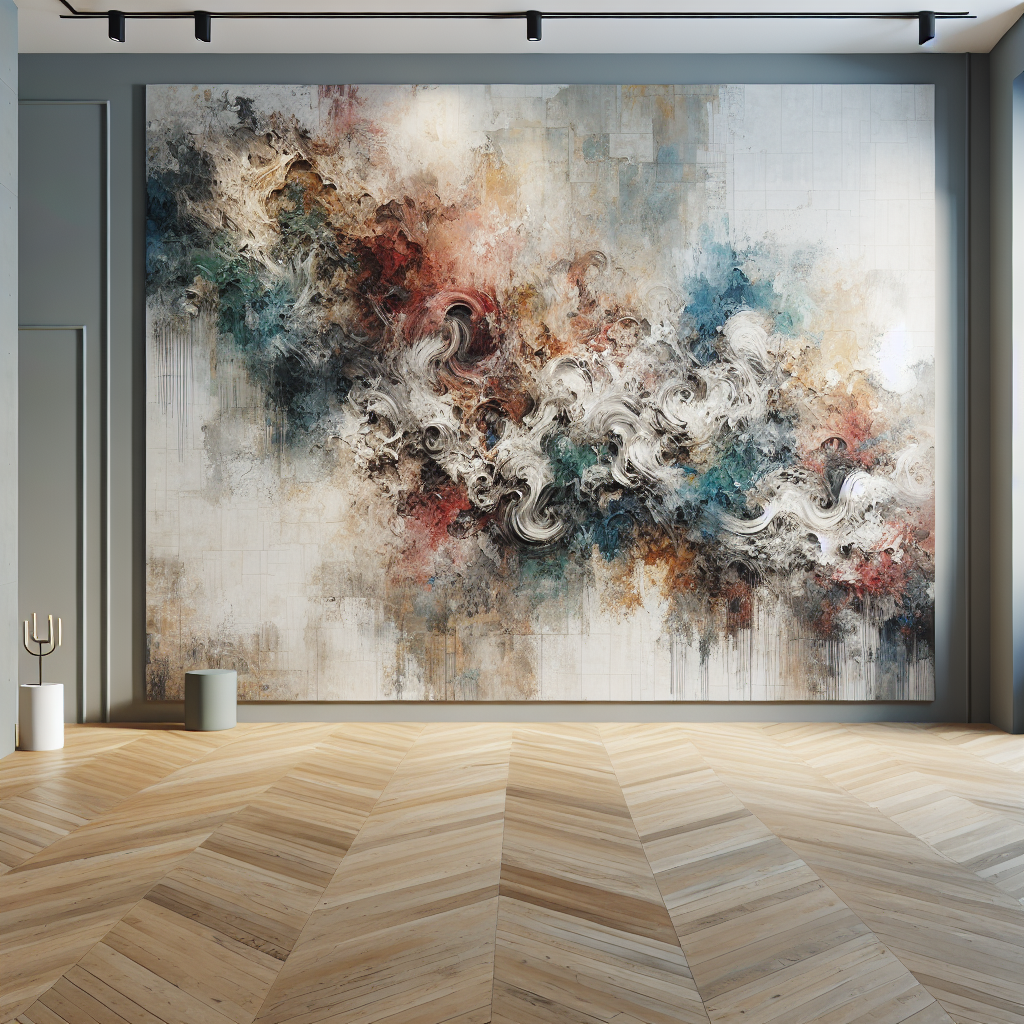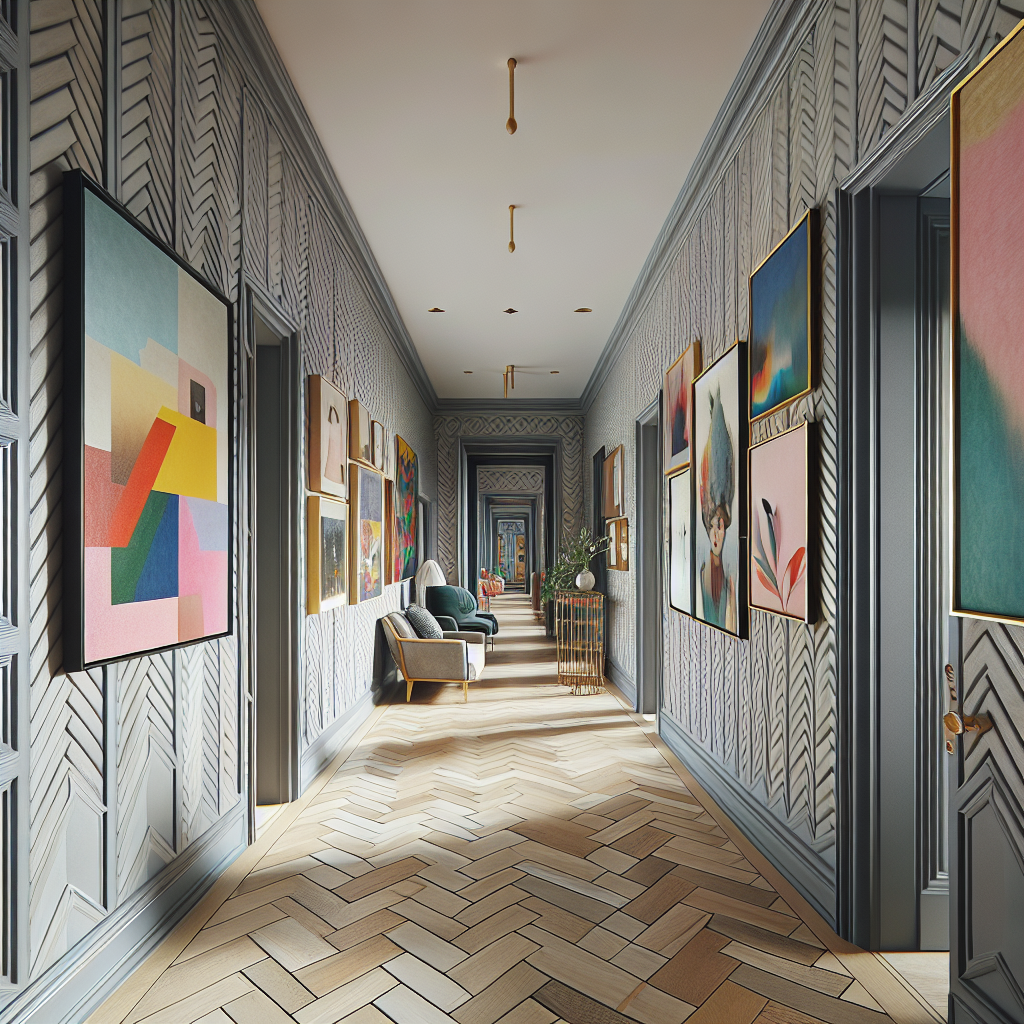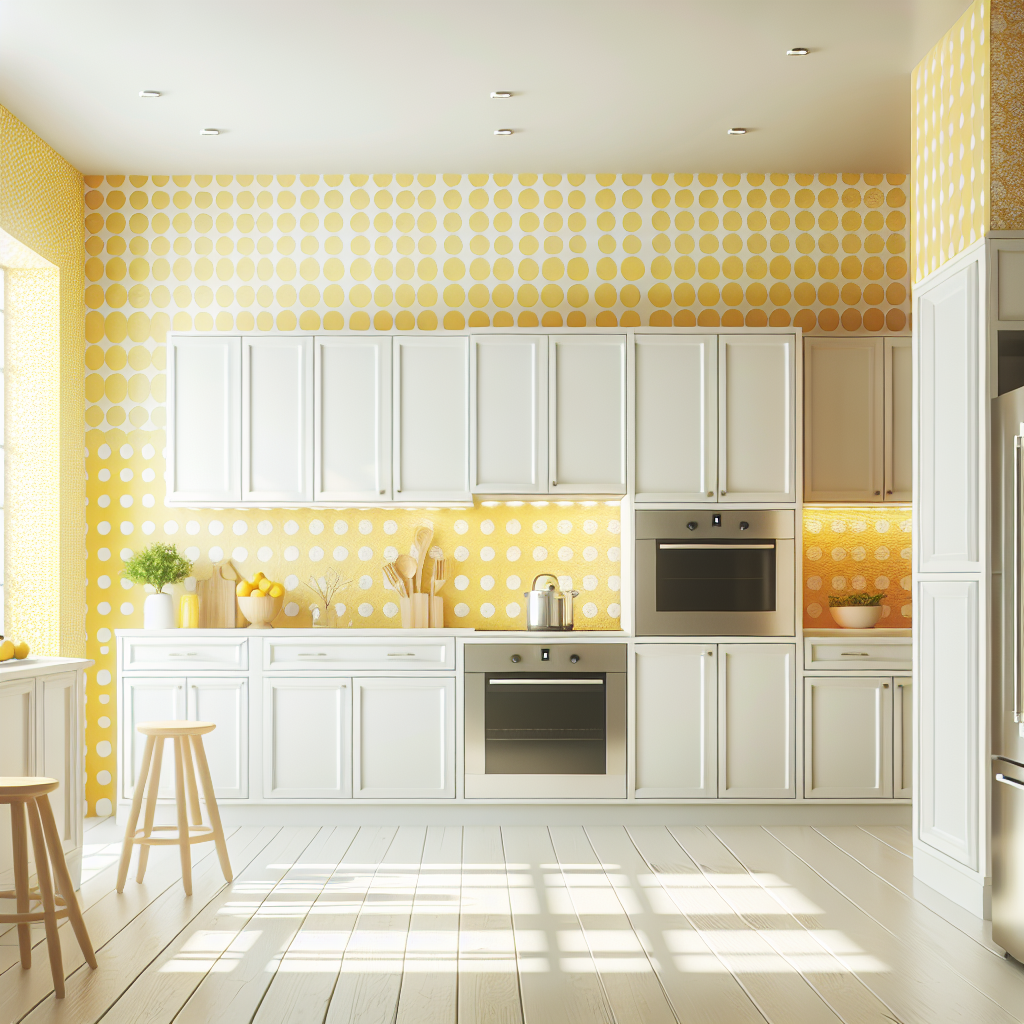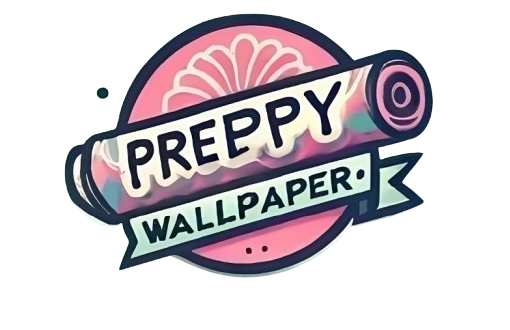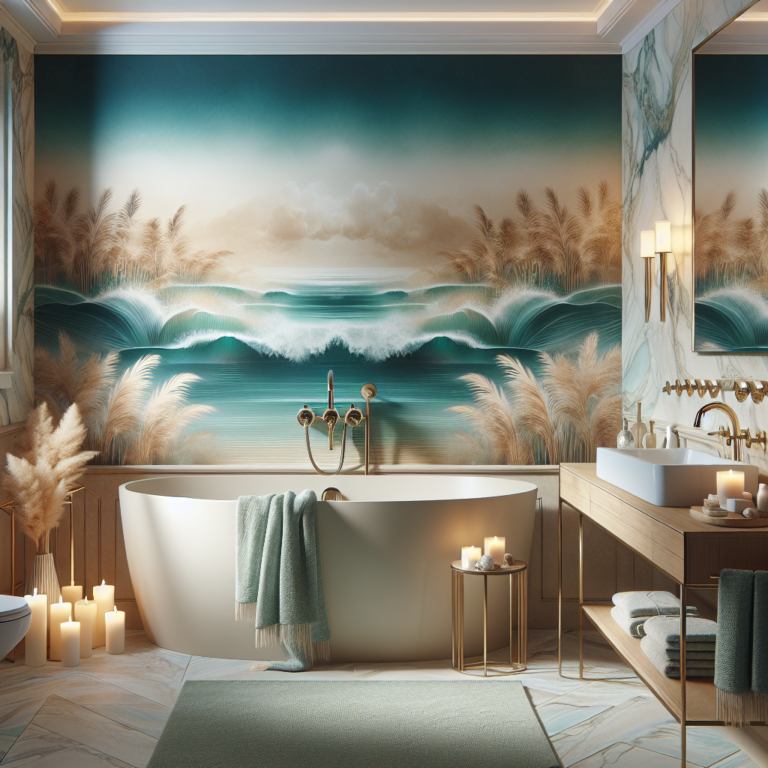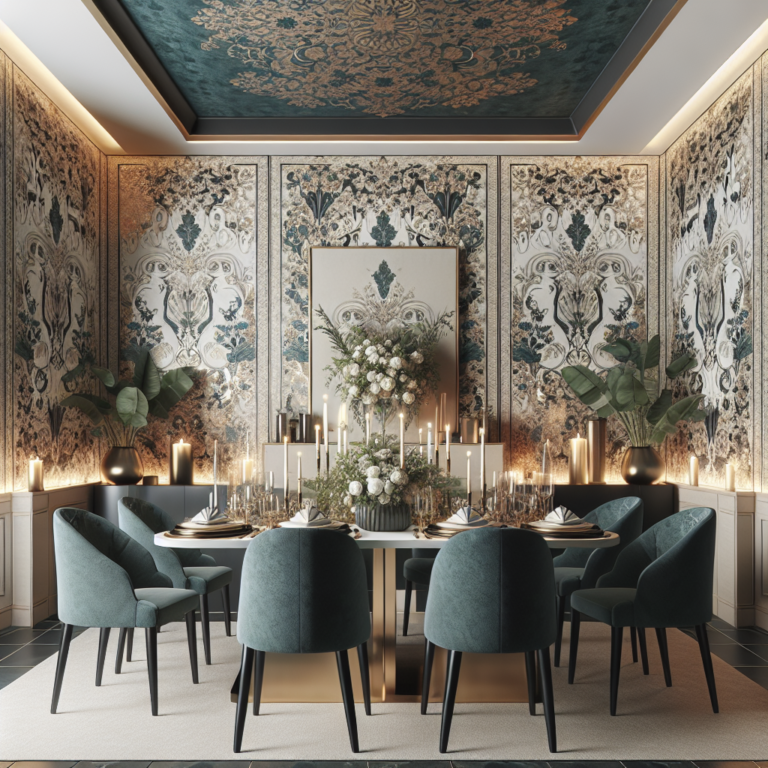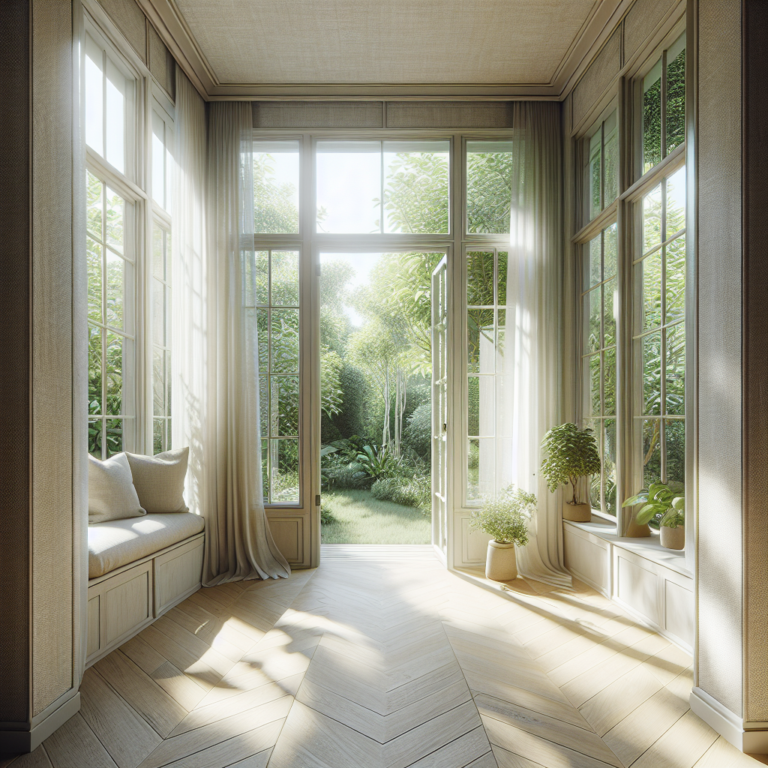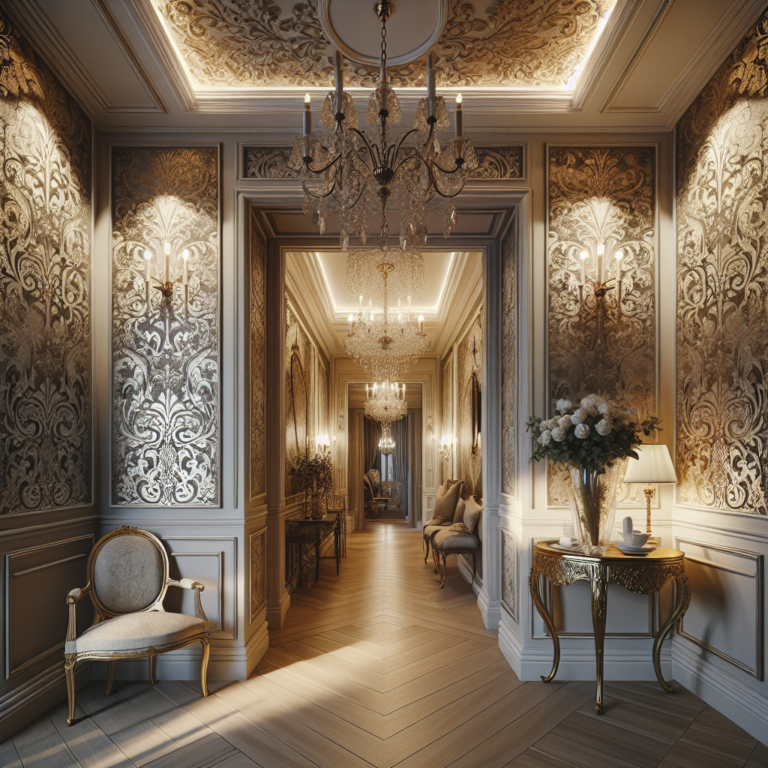Textured Wallpaper: Adding Depth and Character to Your Rooms
Understanding the Appeal of Textured Wallpaper
When it comes to interior design, the walls often serve as a blank canvas, waiting for the right touch. Textured wallpaper has emerged as a popular choice among homeowners and designers alike. The allure lies in its ability to add dimension and character to any space. Unlike traditional flat paint, textured wallpaper brings a tactile quality that can transform an ordinary room into something visually stunning. Imagine running your hand over a subtle linen pattern or the raised designs of a vintage damask. It’s not just about looks; it’s about how the space feels.
Moreover, textured wallpaper can act as an excellent conversational piece. When guests walk into a room adorned with interesting patterns and textures, their curiosity is piqued. Not only does it enhance the aesthetic appeal, but it also brings depth—literally and figuratively. From cozy cottages to sleek urban apartments, there’s a style of textured wallpaper to suit every design preference and personality.
Types of Textured Wallpaper
There is a wide array of textured wallpaper options available, each offering unique qualities and effects. Some popular types include grass cloth, fabric, vinyl, and embossed designs. Grass cloth wallpaper is made from natural fibers, which gives it a rustic and organic appearance. This type of wallpaper not only adds texture but also creates an earthy vibe that can be calming and grounding.
On the other hand, vinyl wallpaper is incredibly versatile and easy to maintain. It comes in a range of patterns and textures, making it perfect for busy households. Embossed wallpaper, with its raised patterns, can mimic various materials, from wood to stone, bringing an unexpected element of luxury to your home. Each type provides its own flair, ensuring that you can find a perfect match for your room’s aesthetic.
Choosing the Right Texture for Your Space
When it comes to selecting the right textured wallpaper, one must consider the room’s purpose and existing decor. For instance, a soft, fabric-like texture works wonders in a bedroom, creating a sense of warmth and comfort. Meanwhile, a bolder, more dynamic texture might be better suited for a living room or hallway, where you can encourage conversation and interaction. It’s all about enhancing the room’s personality while staying true to your style.
Scaling is another crucial factor when choosing wallpaper. Larger textures can make a big impact but may overwhelm a small room. In contrast, more delicate patterns can make tight spaces feel airy and open. Don’t forget to pay attention to color, too. Lighter shades can give the illusion of more space, while darker tones can create a rich, cozy atmosphere. The right balance of color and texture will set the perfect tone for your space.
How to Use Textured Wallpaper Effectively
Using textured wallpaper is not just about slapping it on the wall; it’s an art form! Consider using it as an accent feature in one wall of a room. This technique, known as an accent wall, allows you to draw attention to a particular area without overwhelming the space with too much pattern. For instance, a textured wallpaper behind a bed can create a beautiful focal point that instantly elevates the entire room.
Another fantastic way to utilize textured wallpaper is in unexpected areas, like the ceiling or inside a closet. Imagine opening your closet doors to reveal a charming, patterned interior. It’s the little surprises that often make a big difference. The versatility of textured wallpaper means you can be creative with its application, making any space uniquely yours.
Maintenance and Care of Textured Wallpaper
Caring for textured wallpaper is essential to maintain its beauty and longevity. Regular dusting is critical; you can use a soft cloth or a vacuum cleaner with a brush attachment to gently remove any dust accumulation. Depending on the material, some wallpapers can be wiped down with a damp cloth, while others may require specific cleaning solutions. Always check the manufacturer’s care instructions to avoid damage.
It’s also wise to address any stains promptly. The longer a stain sits, the harder it may be to remove. For more stubborn marks, a gentle soapy solution should do the trick. If you discover parts that are peeling or lifting, try using a wallpaper adhesive to press it back down. With the right maintenance, your textured wallpaper can continue to look fresh and inviting for years to come.
Textured Wallpaper in Different Styles
Textured wallpaper can seamlessly fit into various design styles, whether you prefer modern, traditional, or eclectic decor. In a modern setting, sleek, geometric patterns can convey a sense of sophistication and Chicness. Textured metallic wallpapers enhance this effect, adding a little glam and shine that catches the light beautifully.
Conversely, if your style leans toward the traditional, incorporating textured wallpaper with floral or damask patterns can add timeless elegance. Vintage designs or muted textures create a sense of nostalgia and warmth, ensuring your home feels lived in and comfortable. Eclectic spaces can take advantage of playful patterns and colors—the only limit is your imagination when blending different designs!
Cost-Effectiveness of Textured Wallpaper
While wallpapering can sometimes seem like a significant investment, textured wallpaper can actually be a cost-effective option in the long run. It can cover imperfections better than paint, leading to reduced prep work needed before application. Given its durability, high-quality textured wallpaper can withstand wear and tear and often lasts much longer than a fresh coat of paint.
Additionally, by opting for textured wallpaper, you can potentially save money on decorations, as these wallpapers can serve as a stunning focal point in a room. You might find that with a few extra amenities, such as lighting or furniture, the spaces come to life beautifully without needing to spend excessively on additional decorative items.
Final Thoughts on Textured Wallpaper
Textured wallpaper offers an exciting and unique way to elevate the design of any room. Whether you prefer the earthy feel of grass cloth, the sleekness of vinyl, or the richness of embossed designs, there’s something for every taste and style. By carefully selecting the type and applying it thoughtfully, homeowners can create spaces that sing with personality and warmth.
So, if you’re looking to refresh your home, consider diving into the world of textured wallpaper. It’s a simple upgrade that can bring layers of depth and character, making your home not just a place to live, but a place to love. From cozy nooks to stylish living areas, textured wallpaper might just be the transformative element your space has been waiting for.
FAQs
1. Is textured wallpaper easy to install?
Yes, many textured wallpapers come with peel-and-stick options, making them straightforward for DIY projects. Some may require professional installation, but instructions are commonly provided to ease the process.
2. Can you paint textured wallpaper?
Painting over textured wallpaper can work, but it’s essential to ensure the wallpaper is secure. Using a high-quality paint will help given the existing texture, providing a unique look while keeping the wallpaper intact.
3. How do I remove textured wallpaper if needed?
Removing textured wallpaper often requires some patience. You can typically peel it off, but if it’s stubborn, using a wallpaper removal solution is advisable. Always take care to avoid damaging the underlying wall.
4. Are there eco-friendly options for textured wallpaper?
Absolutely! Many manufacturers now offer eco-friendly textured wallpaper made from sustainable materials and non-toxic inks, allowing you to enhance your home while being kind to the planet.
5. How do I choose the right color for textured wallpaper?
When selecting a color, consider the overall mood you want to create in the room. Light colors typically make the space feel larger and airier, while darker colors can create a cozy atmosphere. Always match with existing decor for harmony.
Below are some great examples of these types of designs: